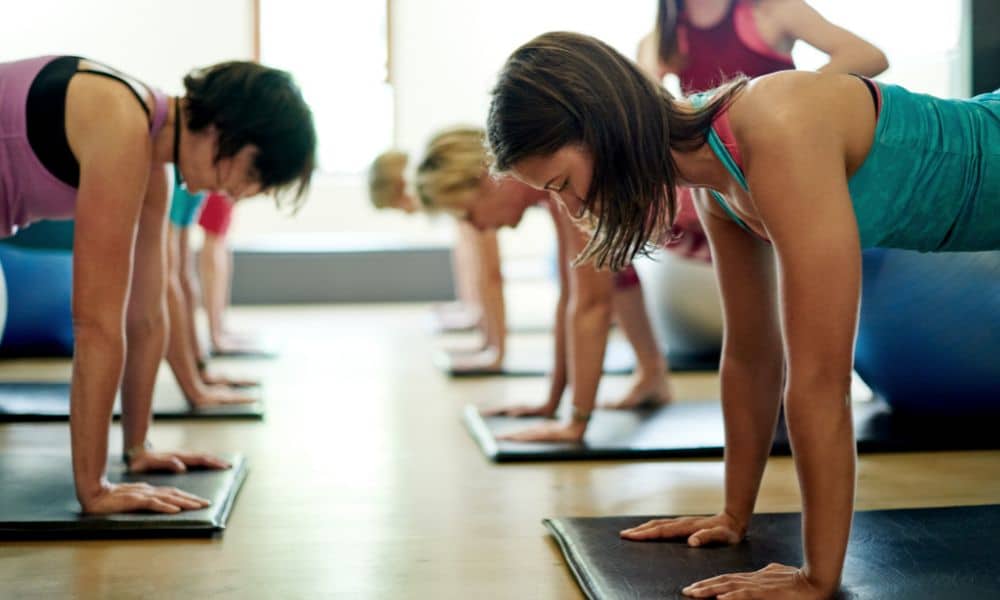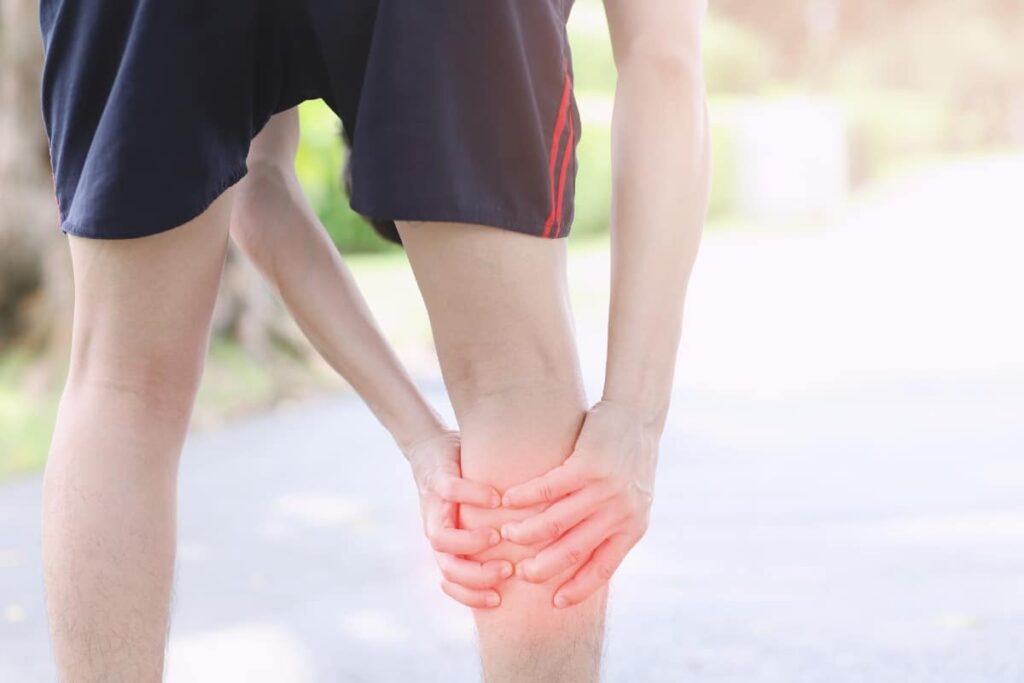Eccentric exercises work for slow muscle contraction exercises which target specific muscles—for instance, leaning down on a chair or getting up in a slow movement. They are great for increasing the time under tension for muscles during bodyweight exercises. Eccentric contractions cause muscles to increase when they handle more tension for a longer time under pressure. As a result, you get larger muscles and attain more energy when doing an isometric contraction.
Eccentric Exercises – Steps to Perform
- Push-Ups–Lower pushups for a count when there is a rising phase
- Split Squats-Lower squats for a count of ten seconds on the lowering phase
- Bent Over Rows–Count of five and count of one on the lowering and rising stage, respectively
- Sprint in the same place for half a minute
- Leg extensions with a count of one and count of ten on rising and lowering phase, respectively
- Dumbbell shoulder presses with a count of one and count of ten on the rising and lowering phase, respectively
- Standing one-leg curl with a count of one and ten on the rising and lowering phase, respectively.
- Sprint in the same place for one entire minute
Muscle it Works
Eccentric contraction takes place when the muscle length increases to facilitate more tension. For instance, the lowering phase of the curl biceps causes an eccentric contraction. This is because muscles have the power to generate higher forces in eccentric conditions. Therefore, you are better able to create more considerable force in eccentric exercise rather than concentric contractions.
Physical Skills It Improves
Eccentric gastrocnemius strength and quadriceps strength are some essential factors to consider in leg rehab. These are essential for absorbing your body weight as they increase to control your descent. It includes sitting in a chair, going downstairs, or going down from a sprint. With not enough eccentric control, it would be hard to do such activities. The primary muscles in the acceleration and deceleration when running include the gastrocnemius and quadriceps.
As a result, eccentric strength is essential to slow down after a fast sprint or directional change. In addition, a study shows that eccentric contraction on the inactive lower leg and foot is also helpful to improve physical performance. These include quadriceps reaction time and muscular strength reaction time in your legs.
Incorrect Forms of Exercise
Eccentric moves allow you to perfect your form because you have more time to think about what you are doing and control it. Also, you recruit more muscles when the muscles under target don’t have the strength to perform the exercise correctly. For example, this happens when the weights you lift are too heavy, causing your body form to suffer.
People usually train only large muscle groups that they can see, including quads, abs, and chest. They also end up ignoring their smaller muscles and the posterior chain. Only paying attention to the upper body and ignoring legs will pave the way for an imbalance. It is essential to train all body parts equally along with doing pulling and pushing movements.
Some people skip eccentric exercise training when they are running short of time. When you go too fast, you sacrifice your form. Thus, it does not provide your muscles with the best opportunity to develop strength and size.
You need to focus and slow down as you move through a full range of motion to develop strength and size. Concentrate and be sure to perform each exercise with the best form during your workouts. When practice makes perfect, the perfect practice creates optimal results.
Variations of Exercise
Some of the different variations of eccentric exercise include:
1. Two-Up One Down Eccentric Deficit Lift of Heel
- Use support, so you eliminate balance problems
- Perform on an elevated surface, a step, or a curb
- Place your foot on the top surface
- Elevate yourself as much as you can on both of your toes
- Shift your bodyweight entirely to your isolated leg
- The countdown for about 3 to 5 seconds
- Lean down in a steady yet slow manner as far as you can comfortably
2. Eccentric Adductor Lateral Lunges
- Use a towel, a pair of socks, or a glider to reduce your friction on the ground.
- Apply Most of your weight to your leg, which is sliding out
- Slide your leg out as much as you can
- Perform with a slow and under control movement with 3 to 5 seconds out
- Pull your leg, which is sliding out when using your adductors
Keep your knee in complete alignment with your 2nd toe, match your trunk angle, and then ensure that your trunk, hips, knee, and ankle are in a line.
3. Hamstring Walkout
- Stay in a basic bridge during the whole movement if possible
- Slow down and do the exercise under control
- Squeeze the glutes the entire time and keep your stomach tight
- Don’t allow your glutes to sag, and don’t arch your back
- Drive using your heel
4. Eccentric Exercise Forward Lunge
- Most of your body weight should be on your front leg
- Keep your toe and knee on track
- Pelvis, truck, hips, knee, and ankle are all inline
- Shin, your trunk angle is in a match
- Slow your movement in a manner under control with 3 to 5 seconds down
Final Word
Eccentric exercise helps to improve body strength and size in different ways. It is still under debate whether to use eccentric contraction movements in rehab. However, most people take the help of eccentric exercise to improve their overall strength and size. It is crucial to keep in mind that proper form when performing an exercise unleashes the best benefits of the movement. Also, you need to make sure that you perform this exercise regularly to have faster results from the training.




